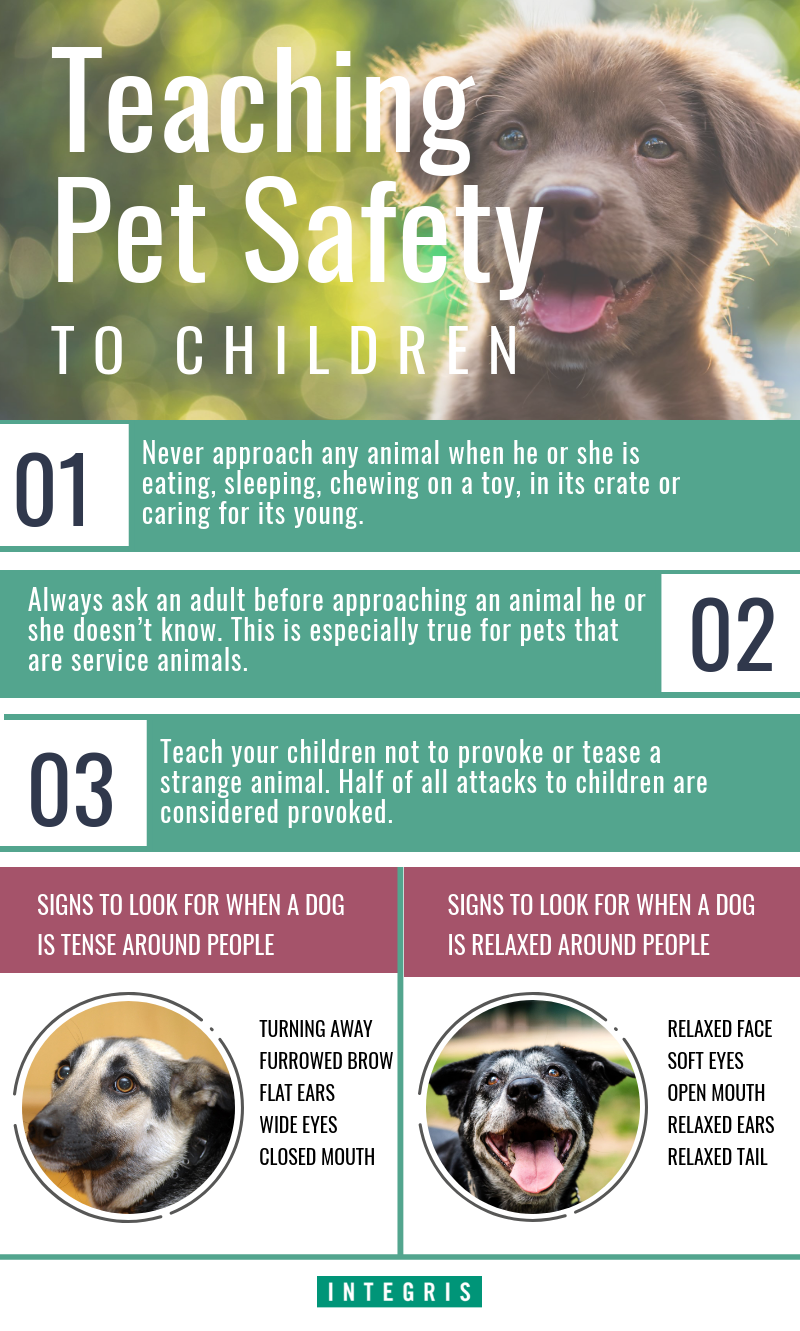It's Never Too Early To Teach Your Child To Respect Animals

How many times have you heard your children squeal in joy at the sight of a dog or cat, spurring them to run at animals who may or may not be comfortable with strangers?
As much as we want our children to learn compassion for animals, some pets are not as friendly as others. Some dogs can be nervous around children and may nip and bite while cats tend to be a little wary of everyone and will use their claws and teeth to protect themselves.
A recent study says that animal-related injuries are the reason for more than six million visits to emergency rooms each year. These hospital visits cost the U.S. economy about $1.2 billion annually, the study also found.
Animals are a wonderful part of our lives and have been for many thousands of years. Besides our domesticated friends like as cats, dogs, hamsters, birds and fish, other creatures, such as livestock animals and wild critters, also deserve our respect.
It’s never too early to teach your children that every living creature deserves kindness, and it’s important they also know the safe way to interact with our furry, scaly and feathered friends.
Teach animal safety
Whether you are bringing a new pet into your home or approaching a stranger’s dog, teaching your children basic rules around animals will protect both your child and the animal. Approximately 70 percent of dog bites happen to children under the age of 10, and 77 percent of dog bites are from dogs owned by family and friends.
From the Animal League of America, here are lessons to instill in children about animals.
- Teach your children to always ask an adult before approaching an animal they don’t know. This is especially true for pets that are service animals.
- If an adult says the pet is friendly, reach out your hand with the palm facing up and gently move it toward the pet’s nose for sniffing. Do not touch the animal’s eyes, ears, nose, mouth or genitals.
- Always pet an animal gently, with no pulling or tugging, and never from behind.
- Never leave a young child unsupervised with an animal. Accidents happen even with the most trustworthy children and pets.
- Never approach any animal, even your own, when it is eating, sleeping, chewing on a toy or caring for its young.
- Don’t make loud noises or sudden moves when approaching an animal.
- Don’t let your child touch a dog or stand near him during times of heightened excitement.
- For example, don’t let children get close when the dog is barking at a squirrel, excited that someone is at the door or is in the middle of eating.
- Teach children to never approach a wild animal. Even bunnies in the yard can bite.
- Teach your children not to provoke or tease an animal. Half of all attacks to children are considered provoked.
- Make sure your children understand that a pet is a living creature to be cared for and respected.
- Tell children that animals have needs and feelings, and they rely on us for love and care.
(Click here to download the infographic).
Instill compassion for animals
Here are some easy ideas to get your children excited about being an animal advocate.
- Volunteer at a local homeless pet shelter. Shelters rely on volunteers to help feed their wards, walk dogs, clean cages and more.
- Donate to local animal organizations. From homeless pet shelters and catch/neuter/release groups to animal sanctuaries, your donation can make a world of difference. Monetary donations are always needed, but even bags of pet food, cat litter, pet medicine and other supplies are appreciated.
- Organize a class pet food drive or pet toy drive for your favorite local shelter.
- Visit the education programs at the OKC Zoo, which offers year-round events for all ages to learn about wildlife. Thousands of children and adults attend classes, birthday parties, camps, overnights and outreach programs.
- Team up with your children to write letters to local legislators promoting anti-cruelty and animal humane laws.
- Take a tour of a local rescue organization. Oklahoma is home to numerous rescue operations and animal sanctuaries, including Pet Angels Rescue, Bella Foundation, Second Chance Animal Sanctuary and many more.
- Read about amazing animals with children’s books focusing on animal kindness. Books like Tails Are Not For Pulling, May I Pet Your Dog?,The Forgotten Rabbit and Always Be Kind are great stories that teach children why being kind to animals is so important.
- Play pretend and let your children "practice" being kind to animals while they play.
- Teach little ones about pet care with a well-loved stuffed animal. Don't forget to include a visit to the vet and encourage kids to talk about how their "pet" is feeling and what their "pet" needs.
- Take a guided nature hike. Hikes are a fun way to learn about animals in the wild and learn about nature at the same time.
Take the pledge
A nonprofit organization called American Humane challenges people to commit to protecting and improving the lives of millions of animals. Adults and children alike can sign an online pledge declaring their belief that all creatures should be treated with compassion. Families are urged to adopt cats and dogs from local shelters and commit to being kind to animals every day of every year.
Kindness shouldn’t be limited to just one species. As Gandhi famously said, “The greatness of a nation and its moral progress can be judged by the way its animals are treated.” Teaching children to be compassionate to animals is an important and valuable life lesson.

